Describe Azure subscriptions:-
Table of Contents
Describe an Azure Subscription
Azure Subscription is pooling of the resources required for the operation of the services and applications.
Describe the uses and options with Azure subscriptions such access control and offer types
| Subscription Type | Packages |
|---|---|
| Free | Free $200 usd credit for first month Free access to popular services for 12 months Some services always free with limitations |
| Pay-as-you-go(PAYG) | Paid subscription Billed as per the usage azure resources/user |
| Student | Free $100 usd credit for 12 months Same features as free subscription |
Describe subscription management using Management groups
Groups can be created for various departments in a company to allocate the azure resources.
- Resources are allocated to various departments but billing is handled by one department.
- Multiple subscriptions taken and are allocated to each department and they manage there own billing separately.
Describe planning and management of costs:-
Describe options for purchasing Azure products and services
| Web Direct | The users can purchase the services from the website directly with monthly billing option. |
| Enterprise | Can make an enterprise agreement through Microsoft partners to purchase azure environment to deploy in large scale at discounted price. |
| Cloud Solutions Partner | These are Microsoft partners and can sell the azure and other Microsoft products |
Describe options around Azure Free account
- 25 Services are free with some limitations for forever.
- Some important services are free for span of 12 months
- $200 usd credit for 1 month
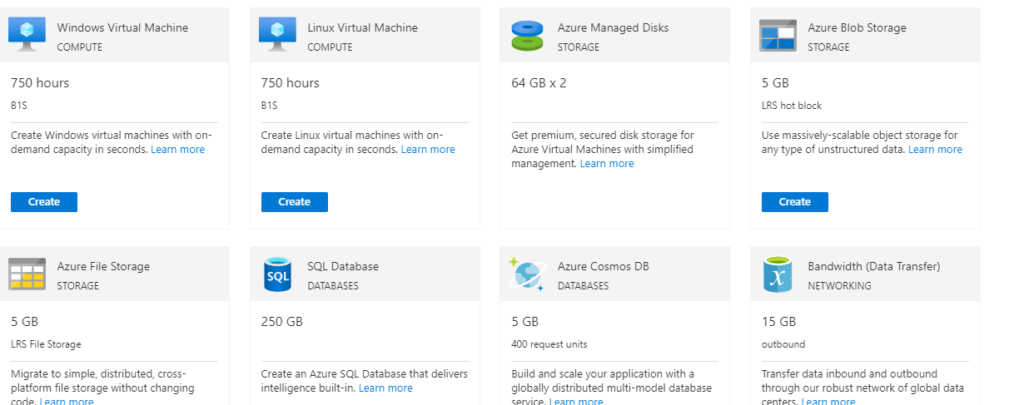
Describe the factors affecting costs such as resource types, services, locations, ingress and egress traffic
| Resource Type | The user pays for the resource type depending on the usage meter. Different resource type accumulate different meter usage. |
| Services | The billing also is different depending on the subscription taken across cloud environment, |
| Location | This is a location specific pricing as data centres located in various regions incur different costs . |
Describe Zones for billing purposes
Different zones are grouped together to determine the billing at that particular locations.
| Zone 1 | United States, Canada, UK, Europe |
| Zone 2 | Asia Pacific, Japan, Australia, India, Korea |
| Zone 3 | Brazil |
| Zone 4 | Germany |
Describe the Pricing calculator
This is the calculator publicly available to estimate the costs in the Azure cloud environment.
You can select all the services and resources and estimate the total cost.
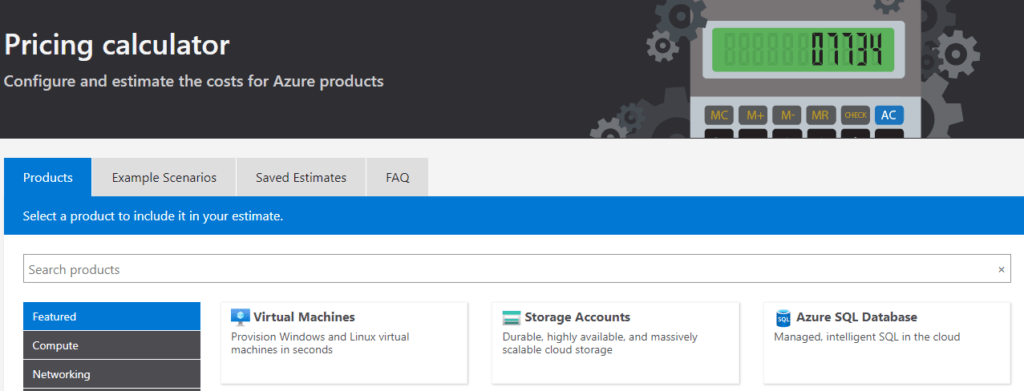
Describe the Total Cost of Ownership (TCO) calculator
It is free tool that can give the user an estimate to move the current on-premise infrastructure to the Azure cloud.
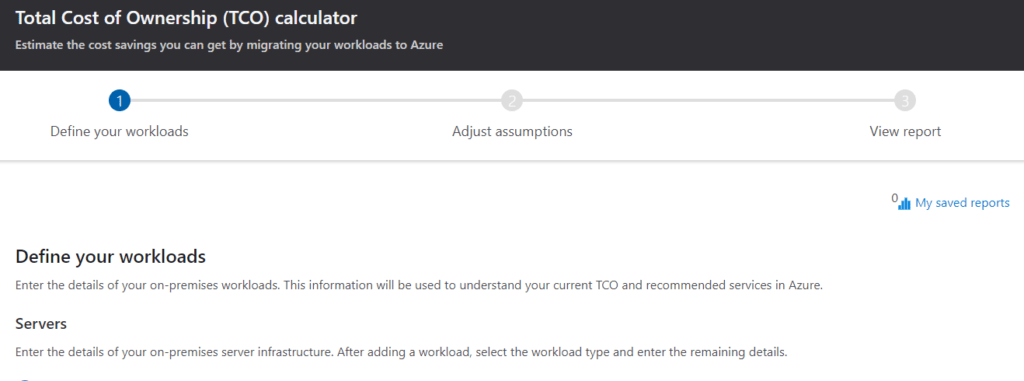
Describe best practices for minimizing Azure costs such as performing cost analysis, creating spending limits and quotas, using tags to identify cost owners, using Azure reservations and using Azure Advisor recommendations
| Cost Analysis | This tool allows the users to modify the parameters and generate reports for effective cost management. |
| Spending limits and quotas | The spending limit prevent going over the budget and send you the notifications when there is more usage and expenditure. Quotas-Service and subscription limits |
| Tags | It is labelling each resources available with the cost centre This labelling allows to get overview of the consumption of resources linked to the specific tag. |
| Azure reservations | The purchasing of the azure resources in advance to use over the span of years. This advance purchasing enables user to avail a discount from Microsoft. |
| Azure Advisor | The recommendations provided by the advisor are:- 1.High Availability 2.Security 3.Performance 4.Cost |
Describe Azure Cost Management
This is free azure tool to analyse the breakdown of resources costs involved.

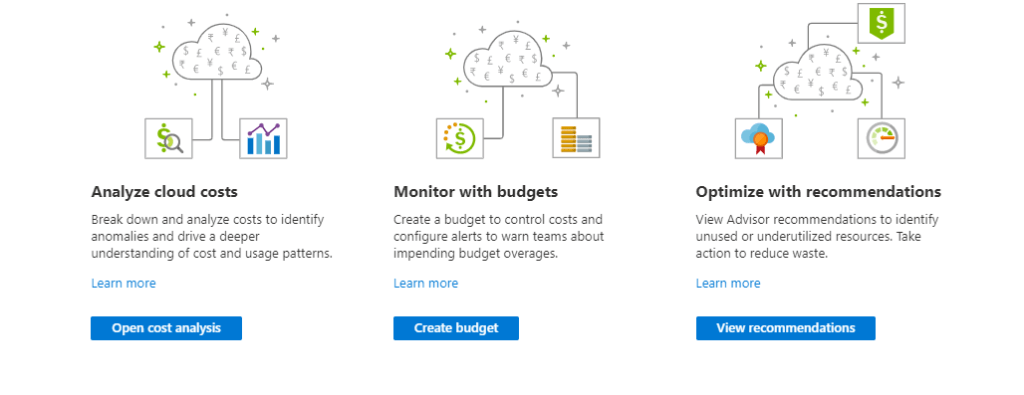
Describe Azure Service Level Agreements (SLAs):-
Describe a Service Level Agreement (SLA)
- The Service Level Agreements are the formal documents that specifies the Microsoft commitment for service Operation.
- Defines Performance tragets
- Defines the outcomes if targets are not met
- Each product /service has its own SLA
Describe Composite SLAs
- Here SLA’s are maintained with more support to reduce failing .
- Two or more services will be supporting an application to increase the average SLA and reduce the downtime.
Describe how to determine an appropriate SLA for an application
The essential aspects needed to determine the SLA for an application are:-
- 1. Performance Targets
- 2.Service Credits
Describe service lifecycle in Azure:-
Describe public and private preview features
| Public Features | 1.These are the beta versions of the new releases or services. 2.Available to particular customers to evaluate and submit the feedback under the NDA. |
| Private Features | 1. Beta versions available to the public to evaluate 2.Some features required to be requested before testing. |
Describe the term General Availability (GA)
| General Availability | The features that are tested by both the customers and the team will be released. Click on What new to find these features |
Describe how to monitor feature updates and product changes
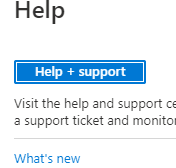
Updates can be found by clicking on the above what’s new section and can also be accessed with the below link
https://azure.microsoft.com/en-us/updates/
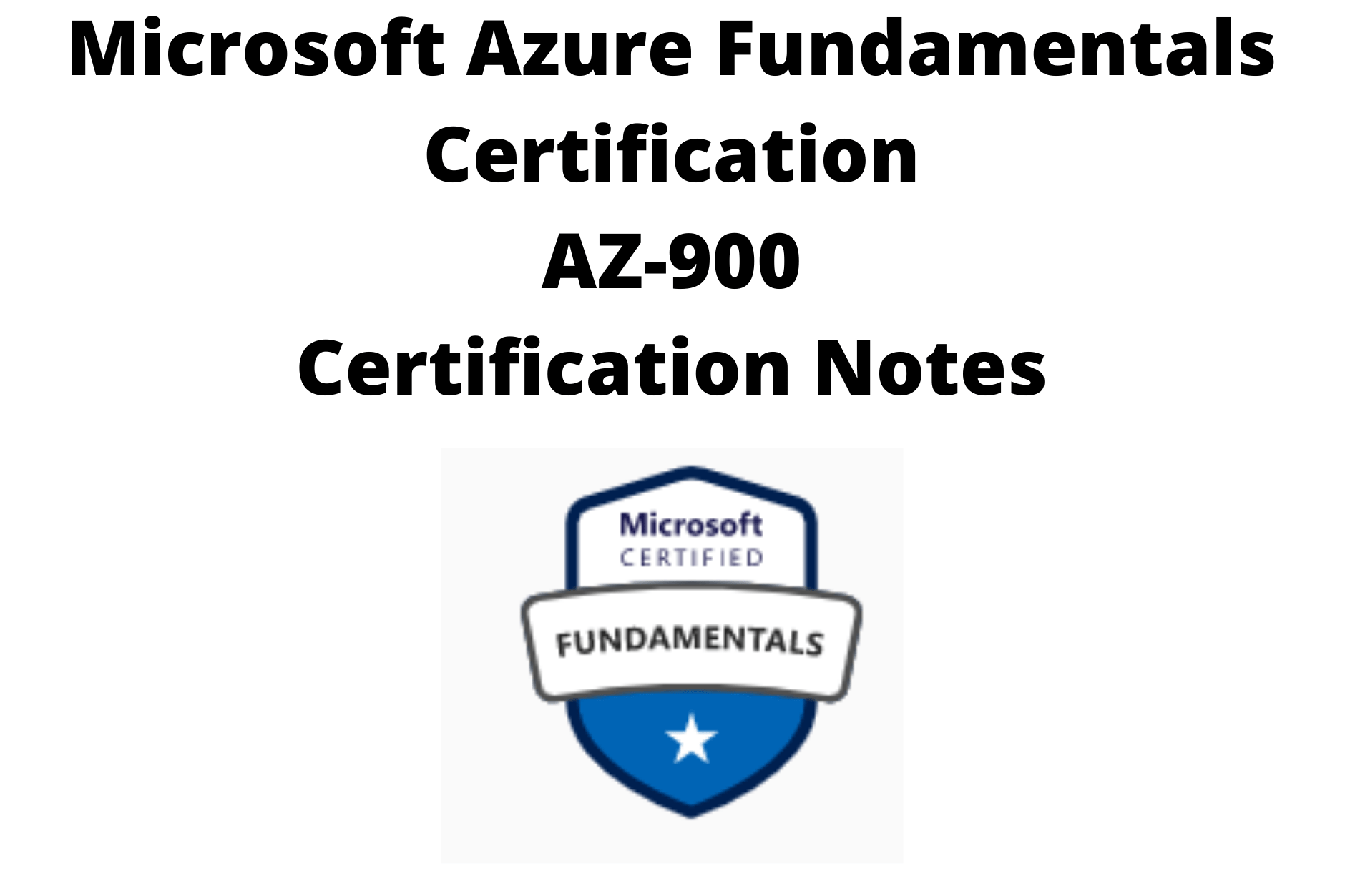
I like this weblog it’s a master piece! Glad I noticed this
ohttps://69v.topn google.Leadership